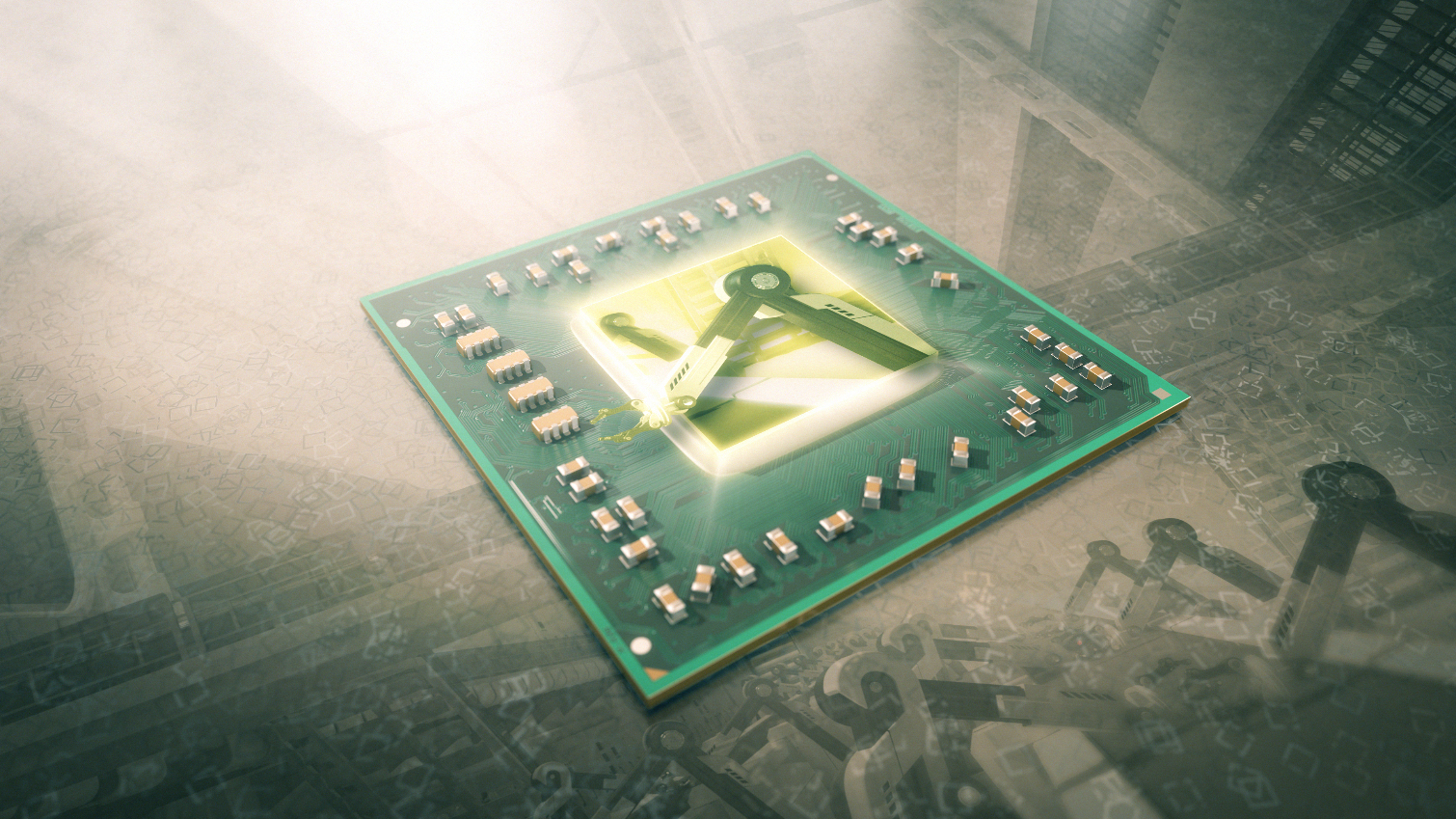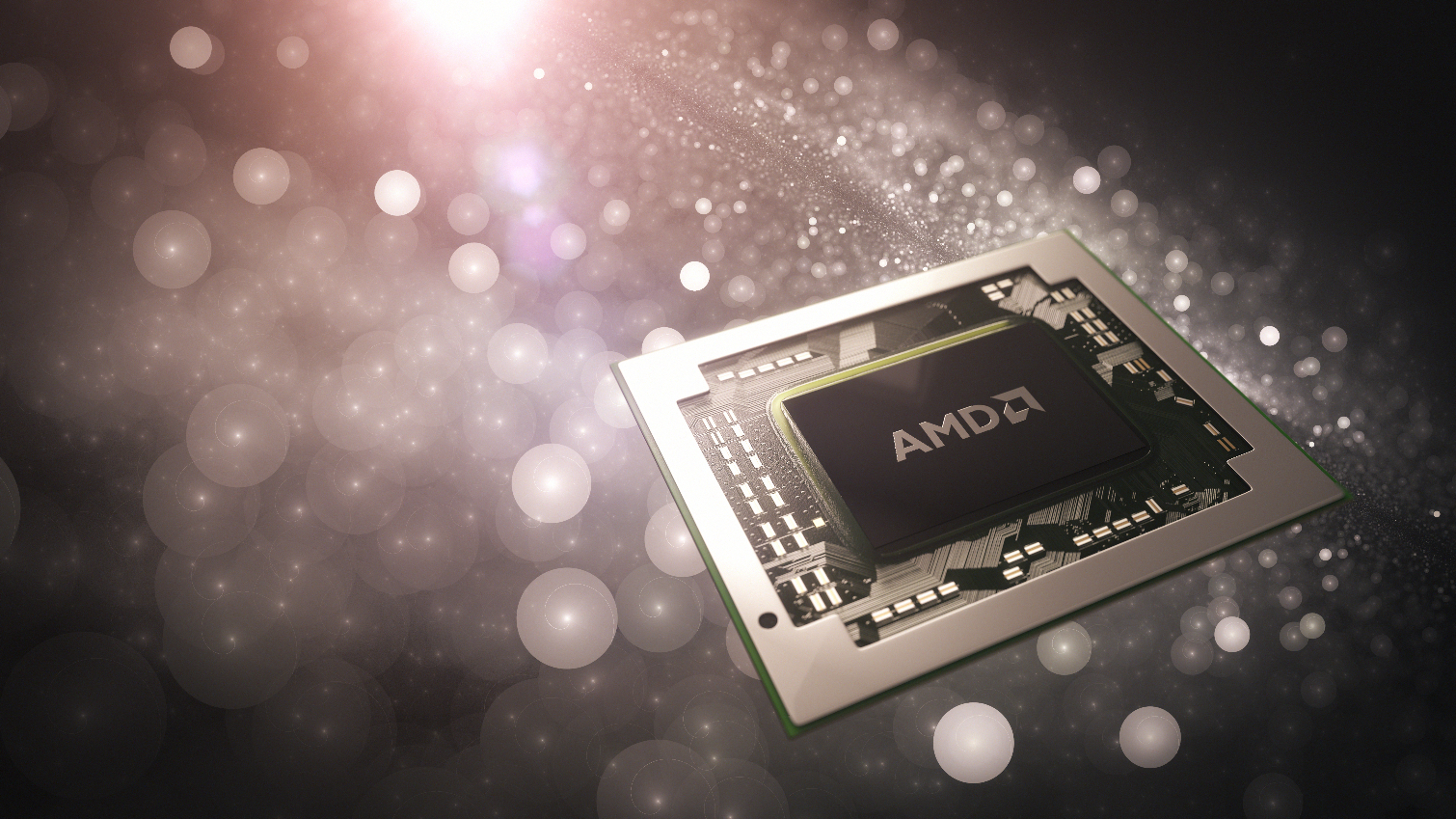AMD Announces Three New Embedded SKUs With Jaguar+ And Excavator Cores
AMD announced three new SKUs in its embedded solutions G-Series product line up that will use either Jaguar+ or Excavator CPU cores.
On the low-end of the product stack is the AMD G-Series LX SoC. It is designed using two Jaguar+ cores and a single AMD Radeon GCN compute unit. The LX SoC will replace AMD’s G-Series eKabini SoC, which uses the less efficient Jaguar core architecture, as the lowest performance and most energy efficient product offered by AMD as an embedded solution. The LX SoC’s power consumption scales between 6 and 15 W and is intended for use for a minimum of 10 years.
The LX SoC will be available in the FT3 package and is pin-compatible with AMD’s existing eKabini and Steppe Eagle SoCs in order to help accelerate production of devices using the LX SoC.
| New AMD G-Series Embedded Product Offerings | |||
|---|---|---|---|
| Product Name | LX | J-Family | I-Family |
| CPU | 2 “Jaguar” x86 Cores | Up to 2 “Excavator” x86 Cores | Up to 2 “Excavator” x86 Cores |
| GPU | 1 x AMD Compute Unit (64 Shaders, 4 TMUs, 1 ROP) | 2 x AMD Compute Units (128 Shaders, 8 TMUs, 2 ROPs) | 4 x AMD Compute Units (256 Shaders, 8 TMUs, 4 ROPs) |
| Decode Support | Multi-Format Encode/Decode | 4K x 2K H.265 10-bit Decode & Multi-Format Encode/Decode | 4K x 2K H.265 10-bit Decode & Multi-Format Encode/Decode |
| Display Connection Support | HDMI 2.0, DP 1.2, eDP 1.4 | HDMI 2.0, DP 1.2, eDP 1.4 | HDMI 2.0, DP 1.2, eDP 1.4 |
| TDP | 6-15 W | 6-10 W | 12-15 W |
| Memory Support | Single-Channel DDR3 | Up To Two Channels DDR4/DDR3 | Up To Two Channels DDR4/DDR3 |
| Integrated AMD Secure Processor | Yes | Yes | Yes |
| Planned Longevity | 10-Years | 10-Years | 10-Years |
AMD also announced the I-Family and J-Family of SoCs, targeting end users that need less performance than its top of the line R-Series SoCs but more performance than other G-Series products offer. The I-Family and J-Family use the more modern FP4 package already used by the R-Series products. This should make it easy for OEMs to expedite product development with the I-Family and J-Family of SKUs using system boards originally designed for the R-Series products.
The J-Family is the more efficient of the two groups, offering two Excavator cores, two GCN compute units, and power consumption between 6 and 10 W. The I-Family also features two Excavator cores but doubles the number of GCN compute units to four. Because of the additional hardware, the I-Family products also carry a higher TDP, 12 and 15 W.
An advantage inherent in its I-Family and J-Family products is the ability to decode 10-bit H.265 content using GPU acceleration. AMD claimed that these are the first products on the market in an embedded profile that offer 10-bit H.265 decode. Both families also support DDR4 and DDR3 RAM and feature HDMI 2.0, DP 1.2 and eDP 1.4, enabling 4K video output at 60 Hz.
The initial batch of AMD G-Series J-Family and I-Family SoCs are available now, with additional product releases scheduled for the first and second quarter of this year. The G-Series LX products, however, won’t be available until March. There is no word on pricing at this time.
Get Tom's Hardware's best news and in-depth reviews, straight to your inbox.
Follow Michael Justin Allen Sexton @EmperorSunLao. Follow us on Facebook, Google+, RSS, Twitter and YouTube.
-
Calculatron This is great.Reply
Meanwhile, they need to hurry up and get that Athlon X4 845 to market. I have tinkering to do! -
Wisecracker Reply... they need to hurry up and get that Athlon X4 845 to market
It's been at retail for several weeks --- late to US, possibly here the 3rd week of March.
Early tests look impressive for a cut-down chip. Bristol Ridge should be big fun with an unlocked chip. Benchies from FlanK3r at XS
-
alextheblue ReplyEarly tests look impressive for a cut-down chip. Bristol Ridge should be big fun with an unlocked chip. Benchies from FlanK3r at XS
Thanks for the benches. However, the current Excavator design (Carrizo) was designed for power efficiency more so than high clocks. So unless they have reworked it substantially in secret, it probably won't be an impressive overclocker. We'll see. The IPC gains help a lot but it remains to see how much they affect games and other real-world applications.
Either way, building an AM4 Excavator rig to tinker with is a lot more appealing than FM2+ at this point. Down the road you've got a nice upgrade path. -
Calculatron Reply17554490 said:... they need to hurry up and get that Athlon X4 845 to market
It's been at retail for several weeks --- late to US, possibly here the 3rd week of March.
Early tests look impressive for a cut-down chip. Bristol Ridge should be big fun with an unlocked chip. Benchies from FlanK3r at XS
Yeah, sadly I am in North America. Been envious of the others who are starting to make threads like this.
Testing with my current 760k, at the moment, and I have been able to get up to 130 on my base clock with AHCI. I'm not sure what all the fuss is about with base clock overclocking on the FM2+ platform...? (Or am I just lucky on my motherboard lottery?)
-
salgado18 Could anyone enlighten me on why is there a Jaguar+ core, if Excavator is faster and more efficient? Could it be cost, and if it is, is it enough to justify a substantially lower chip?Reply -
IInuyasha74 Reply17556929 said:Could anyone enlighten me on why is there a Jaguar+ core, if Excavator is faster and more efficient? Could it be cost, and if it is, is it enough to justify a substantially lower chip?
Jaguar, Jaguar+, Puma and Puma+ are all essentially the same core with some alterations. Jaguar+ developed before Excavator and it is designed to be a low-cost highly efficient processor. That is part of the reason that Microsoft and Sony used Jaguar in the new game consoles. I don't have all the specifics on hand, but Jaguar+ should be less expensive and take up less die area than Excavator. As other SoCs in the G-Series already use Jaguar+ too, it is possible that AMD is just reusing lower-yield chips for these products as well. -
ComputerSecurityGuy Still not seeing the Athlon X4 845, which is a pity. It will make a great HTPC/media server chip by my reckoning.Reply -
Wisecracker ReplyCould anyone enlighten me on why is there a Jaguar+ core, if Excavator is faster and more efficient? Could it be cost, and if it is, is it enough to justify a substantially lower chip?
*Cat Cores* are manufactured by TSMC at 28nm --- they also fabbed the 40nm 'Bobcat' original AMD 'SoCs'
There are 2 *Excavator* chip fabs/lines that feature 'dense libraries'
The Carrizo Excavator in fabbed on GloFo 28nm SHP and is a derivative of the Bulldozer-Piledriver APU line (Kaveri).
The Carrizo-L Excavator is fabbed on TSMC 28nm *Cat* line --- as a make-believe engineer (:D) I suspect it is safe to assume that a good many of the 'masks' involved in the fabbing of these chips are the same (neat way to cut costs)
What evolves from the *Cat Line* is the likely precursor to the AM4 Bristol Ridge and Summit Ridge (the shared FPU of the Bulldozers is being dropped). It's anyone's guess as to the points of manufacture but is sure is interesting that GloFo and Samsung are collaborating on 'FinFet' design.
What that means is that Bristol Ridge and Summit Ridge have the potential to be fabbed at GloFo in Germany, TSMC in Taiwan and/or GloFo Luther Forrest in NY .... and maybe even Samsung.



